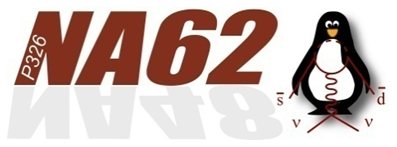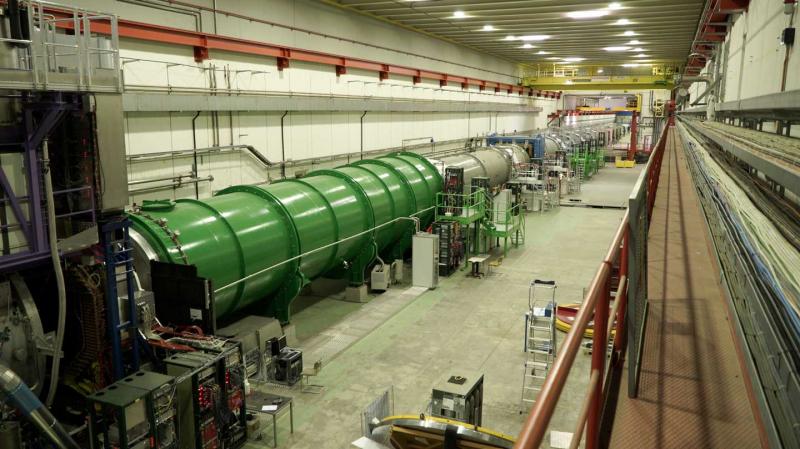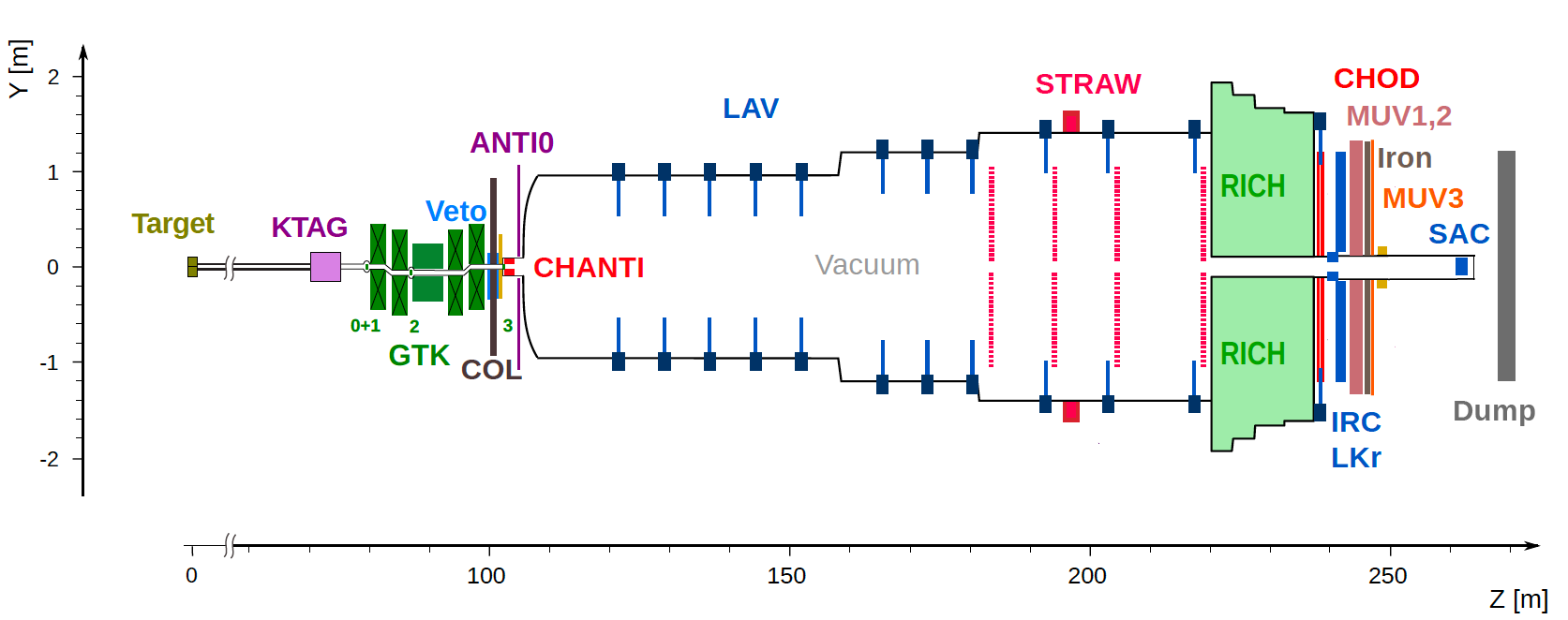
The NA62 experiment is devoted to the study of the rare decays of particles made from s (strange) quarks called kaons. NA62 is an international collaboration with about 300 participants from 31 institutes and 14 countries, making it the largest non-LHC experiment at CERN. The experiment uses the intense kaon beams provided by the Super Proton Synchrotron (SPS) in the North Area of CERN on the border between France and Switzerland.
Understanding rare kaon decays helps us verify important predictions of the Standard Model about short-distance interactions between fundamental particles and offers high sensitivity to physics beyond the Standard Model. The main goal of NA62 is to measure the rate at which the charged kaon decays into a charged pion and a neutrino-antineutrino pair and compare it to the Standard Model prediction. The collected data will also enable the NA62 team to determine the value of a quantity called Vtd, which defines the likelihood of top quarks transforming into down quarks. The effort is part of the broader physics program of NA62, which includes searches for other rare and forbidden kaon decays, exotic particles, and perform lepton flavour universality tests.

To make high-intensity kaon beams, the NA62 team fires high-energy protons from the SPS into a stationary beryllium target. The collision creates a beam which transmits almost one billion particles per second, about 6% of which are kaons. The momentum of each particle is measured by a silicon-pixel detector (GTK). A detector called KTAG determines the type of particles based on their Cherenkov radiation. Further detectors inside the vacuum tank look for decay particles. A magnetic spectrometer (STRAW) measures the charged tracks produced in kaon decays. A ring imaging Cherenkov (RICH) detector identifies the type of each decay particle. A charged hodoscope (CHOD) provides the timing of the event. An electromagnetic calorimeter (LKr) and hadron calorimeters (MUV1/2) measure the energy deposited by the decay particles and complement the particle identification provided by the RICH. A large system of photon vetoes (LAV, IRC, SAC) and muon detectors (MUV3) rejects unwanted decays.

The NA62 restarted its data-taking campaign in April 2021 with many exciting results to be expected in the coming years.
See also the presentation given by Prof. Marchevski in Spring 2023 to Physics Bachelor students to present the involvement of LPHE in the NA62 experiment.